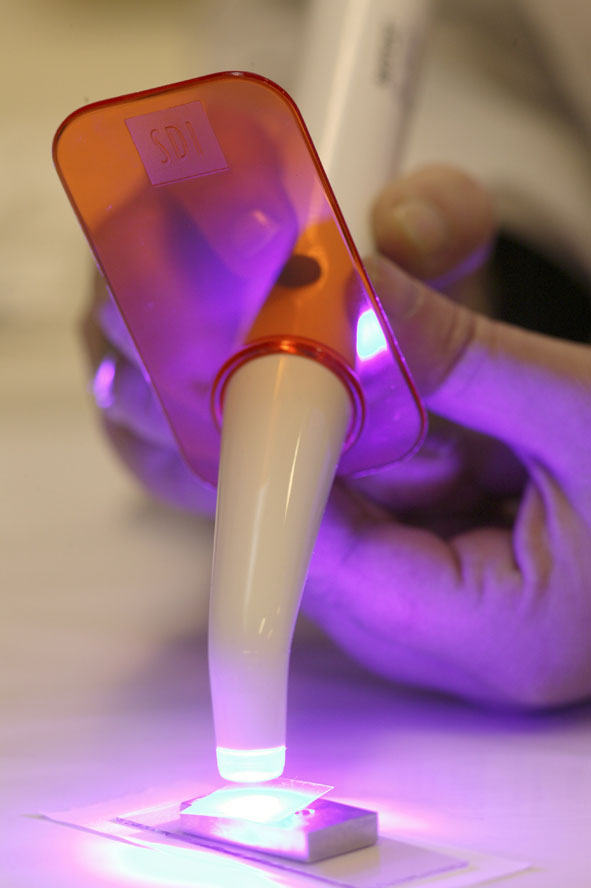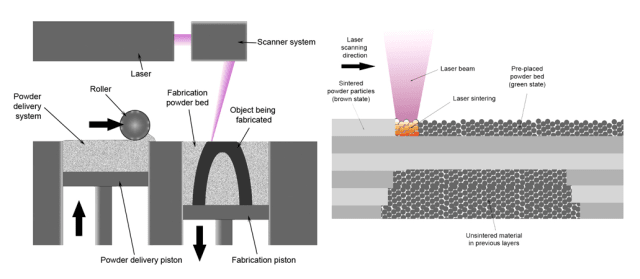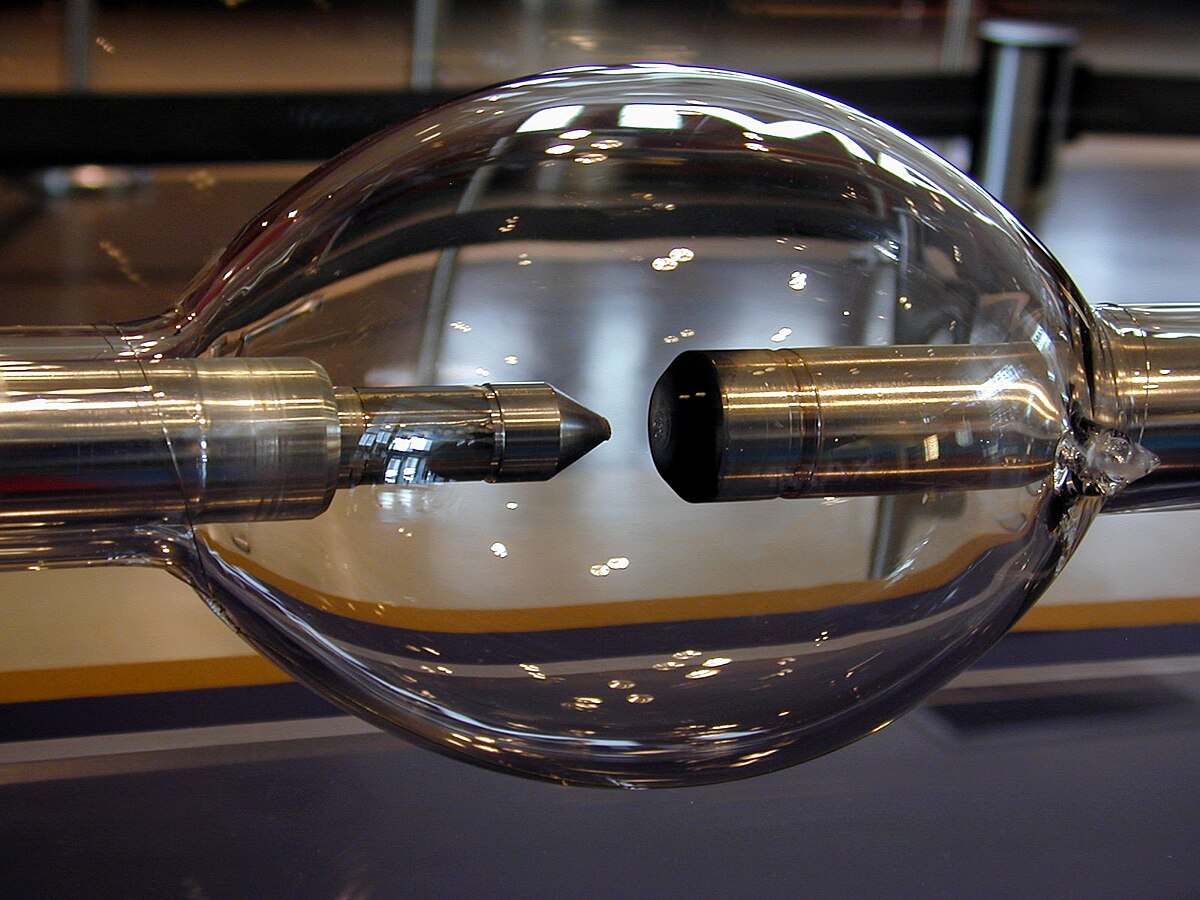New Industry Technology Lasers For Tooth Decay Wiki

Laser and light machines can detect tooth decay earlier than x rays which dentists say generally don t show the presence of cavities until there is a fairly large hole in the tooth.
New industry technology lasers for tooth decay wiki. Thorium is a weakly radioactive metallic chemical element with the symbol th and atomic number 90. Lasers may finally provide dental patients a good reason to open up and say ahhhh. It is widely believed that modern diets are expediting tooth decay as acidic foods and drinks like citrus. Thorium is silvery and tarnishes black when it is exposed to air forming thorium dioxide.
Dentists are already using optical technologies to detect tooth decay and lasers for therapeutic interventions and they are looking to a future in which they can combine these methods for minimally invasive dentistry. Symptoms may include pain and difficulty with eating. It is quite reactive and can ignite in air when. The self repairing tooth technology others are harnessing a cavity arresting alternative that has been used in japan for more than 80 years.
This technology is based on extensive research including 30 published research articles in peer reviewed dental and medical journals. Decay can lead to an infection in the tooth which if left untreated can lead to more serious dental health complications resulting in a root canal or tooth extraction. The cavities may be a number of different colors from yellow to black. These lasers are different from the cold lasers used in phototherapy for the relief of headaches pain and inflammation.
With cad cam technology the tooth is drilled to prepare it for the crown and a picture is taken with a. Tooth decay also known as dental caries or cavities is the breakdown of teeth due to acids made by bacteria. A higher tech option for detecting tooth decay. Still some dentists are using lasers to treat.
Lasers for tooth cavity detection. It is moderately hard malleable and has a high melting point thorium is an electropositive actinide whose chemistry is dominated by the 4 oxidation state. It is estimated that over 2 3 billion people face some level of tooth decay each year. New materials take a bite out of tooth decay.
Complications may include inflammation of the tissue around the tooth tooth loss and infection or abscess formation.












































